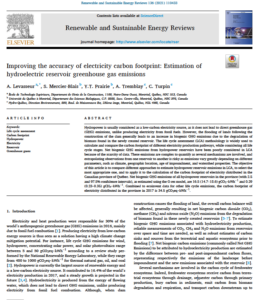“High” salmon returns in 2022 are not a sign of true, sustainable numbers

Fish returns as of August. Graphic by IRU staff
This year is being pointed to as a banner year for salmon and steelhead returning to Idaho. Politicians and news outlets have been sharing the big bump in numbers in 2022, implying that it is a harbinger of good years ahead and a sign of salmon populations recovering, even though the Lower Snake River Dams remain in place.
However, the long-term reality for salmon runs remains one of steep decline towards extinction and dispels any meaning derived from recent short-term increases in return numbers.
Higher salmon returns this year have provided for better fishing and harvest, but simply will not lead to sustainable, stable populations that can be counted on to allow the environment to thrive, while providing for families, communities, and businesses. Big returns in 2011 and in 2001 were also touted as a sign of recovery. But as surely as salmon populations crest, they break – in a natural, oscillating cycle that is dictated by ocean conditions.
Cool ocean temperatures have driven a relative boom in returning salmon numbers this year. Many who wish to maintain the status quo system of dams, ride the news of increasing salmon returns, however small or temporary, as a sign of success due to recovery actions like upper-basin habitat work and predator control at the Columbia River delta. However beneficial on a small scale, these types of salmon recovery actions have cost the public $18 billion over the last four decades and have left salmon and steelhead no better off. Idaho wild populations remain extremely low and increasingly vulnerable to climate warming.
The simple truth remains that over the past 60 years Idaho’s wild salmon populations have collapsed, and will continue to decline towards extinction unless meaningful recovery measures are taken in the form of breaching the four Lower Snake River dams. The four dams were both the final straw for sustainable wild salmon runs in Idaho and today are the bottleneck that prevents populations from rebuilding or even stabilizing.
Which raises the question, if salmon are doing so well, if this year is a big return, where are all the fish? The Middle Fork of the Salmon River is in many ways a model ecosystem – well protected in the form of Wilderness and Wild & Scenic designations, and ecologically intact with the natural processes of fire, landslides, logjams allowed to persist in a cycle of renewal that is vital for the creation of healthy salmon habitat.
The river also is home to one of the only truly wild populations of Chinook salmon left, with no hatchery influence. As recently as the 1960’s, the Middle Fork alone supported 50,000 wild Chinook. Over the last 25 years, the population has averaged less than 1,500 returning adults. In 2019, just 322 salmon returned to the entire Middle Fork watershed.
The “healthy and harvestable” recovery goal in the case of spring and summer Chinook returning to Idaho is 127,000 wild fish and is based on numbers that last occurred in the 1960s, just before the construction of the four dams on the Lower Snake, after which the population collapsed.
Return numbers anywhere near those of the ‘60s will never happen again, unless we remove four dams. Somewhere in the range of 15,000 wild Chinook returned this year, less than 10% of pre-dam numbers. This year’s returning salmon runs may provide for more fishing, but make no mistake our wild salmon are in dire straits and in need of decisive dam breaching action.
This post originally appeared at www.idahorivers.org.


